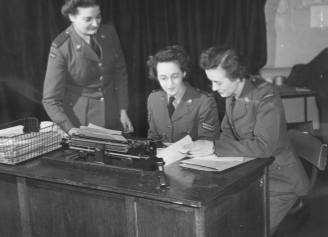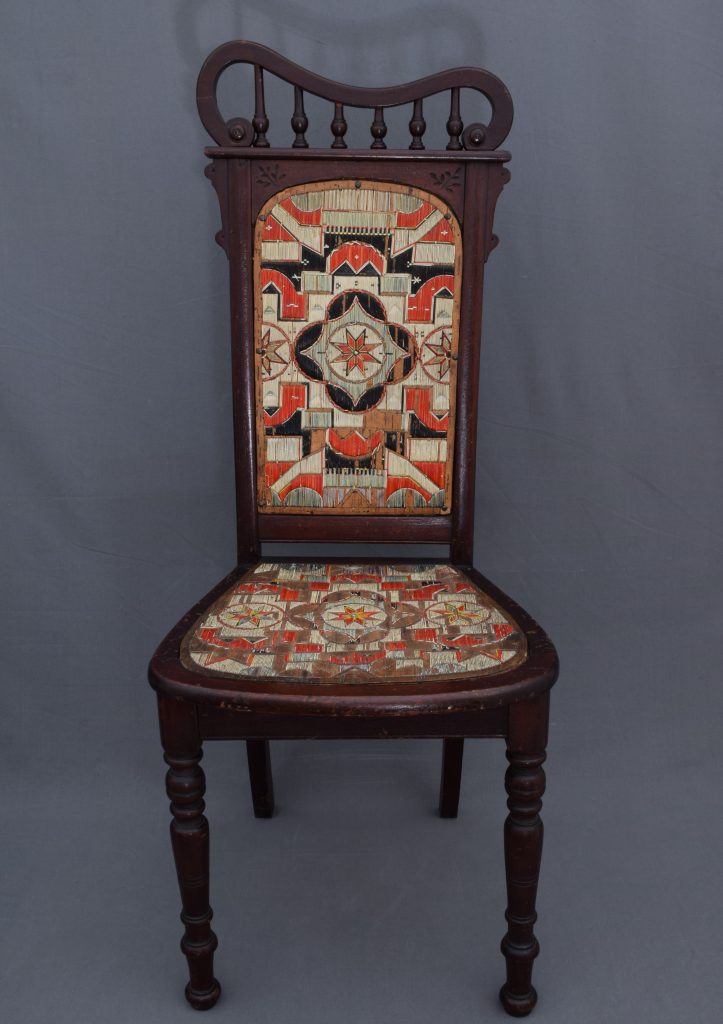When the Stratford Festival archivist called the Canadian War Museum about an interesting old military coatee she had received, the curiosity of the curators was piqued.
Left by Shakespearean actor William Ian DeWitt Hutt who passed away in 2007, the red and black coatee with tails could easily date back to the 18th century. Even in rough shape, it appeared authentic – except for its shiny buttons.
It’s not every day that such intriguing artifacts come knocking on museums’ doors. Just ask Eric Fernberg, Collections Manager for Dress and Insignia at the Canadian War Museum. That’s why after seeing a few photos, he didn’t hesitate to put his sleuthing skills to work on the mysterious coatee.
Clues
A garment that most of us would see as nothing more than moth-eaten fabric with shiny buttons whispered precious secrets to Eric Fernberg. The lapels, collar, and cuffs of black velvet atop scarlet red fabric suggested British origin, but that would lead to an extensive body of research and could be of limited interest to our Canadian collection.
Two hand-sewn grommets on only one shoulder revealed something too: the owner was a battalion officer (regular grenadiers and light infantry would have had epaulettes on both shoulders).
But what about those buttons? Authentic indeed, their shine comes from the gold that covers them – metal that unlike brass isn’t diminished by time. And their high quality hinted at the original owner’s social rank.
As for figuring out where the coatee came from, those ‘gold’ buttons possessed all the secrets: a royal monogram of George III is featured in the middle with the words “Quebec Militia” and “1775” cast above and below it. What happened in 1775? An attempt by the Americans to take Quebec was brilliantly thwarted by the Canadian militia and British Regulars, commemorated by this inscription on their uniforms.
Putting together all the pieces of the puzzle – the colour of the lapels, the number of grommets, the inscriptions – Eric Fernberg concluded that the coatee was made sometime after 1805 and belonged to an officer of the 3rd Battalion of the Quebec City Militia. Known as the “British Militia”, this battalion was comprised of young Anglophone citizens of Quebec.
The only thing left to do was corroborate this conclusion by combing the Museum’s database of 80,000 artifacts. Eureka! A coatee from the same battalion and a regimental flag in the same red and black colours – embroidered “Quebec Militia 1775” – confirmed the results of Eric’s investigation.
So now what?
Many secrets have been revealed, but for Eric Fernberg, the case of the coatee will remain open until he determines its owner. Extensive research on the donor’s family and historical archives may help solve the mystery …


